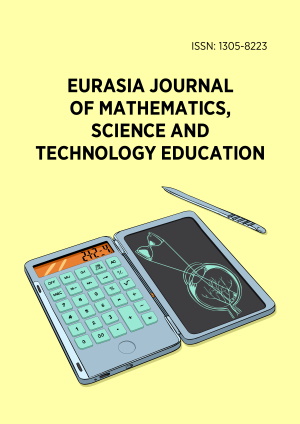Abstract
The integration of science, technology, engineering, and mathematics (STEM) into science and mathematics courses has gained prominence in global education due to its potential to foster interdisciplinary skills and innovation. The researchers in this study conducted a bibliometric analysis of 178 documents from the Scopus database (2004-2023) to examine research trends, key contributors, and international collaborations in STEM integration within science and mathematics education. The analysis identified a 10-fold increase in publications after 2014 (from 3 articles in 2014 to 30 in 2023), with the United States and the United Kingdom emerging as leading contributors. Findings revealed notable collaborative networks, impactful authors, and influential journals such as Journal of Research in Science Teaching and International Journal of Science Education. Additionally, keyword co-occurrence analysis uncovered thematic focuses on interdisciplinary learning, problem-solving, and critical thinking. This research emphasized the need for addressing gaps in culturally specific implementations of STEM education, such as in underrepresented regions like Africa and South America. The researchers recommended further examination of long-term student outcomes and the role of emerging technologies. This study provides insights to guide educators, policymakers, and researchers in optimizing STEM integration strategies, enhancing classroom practices across diverse educational contexts.
License
This is an open access article distributed under the Creative Commons Attribution License which permits unrestricted use, distribution, and reproduction in any medium, provided the original work is properly cited.
Article Type: Review Article
EURASIA J Math Sci Tech Ed, Volume 21, Issue 5, May 2025, Article No: em2637
https://doi.org/10.29333/ejmste/16394
Publication date: 20 May 2025
Article Views: 2086
Article Downloads: 983
Open Access References How to cite this article
 Full Text (PDF)
Full Text (PDF)